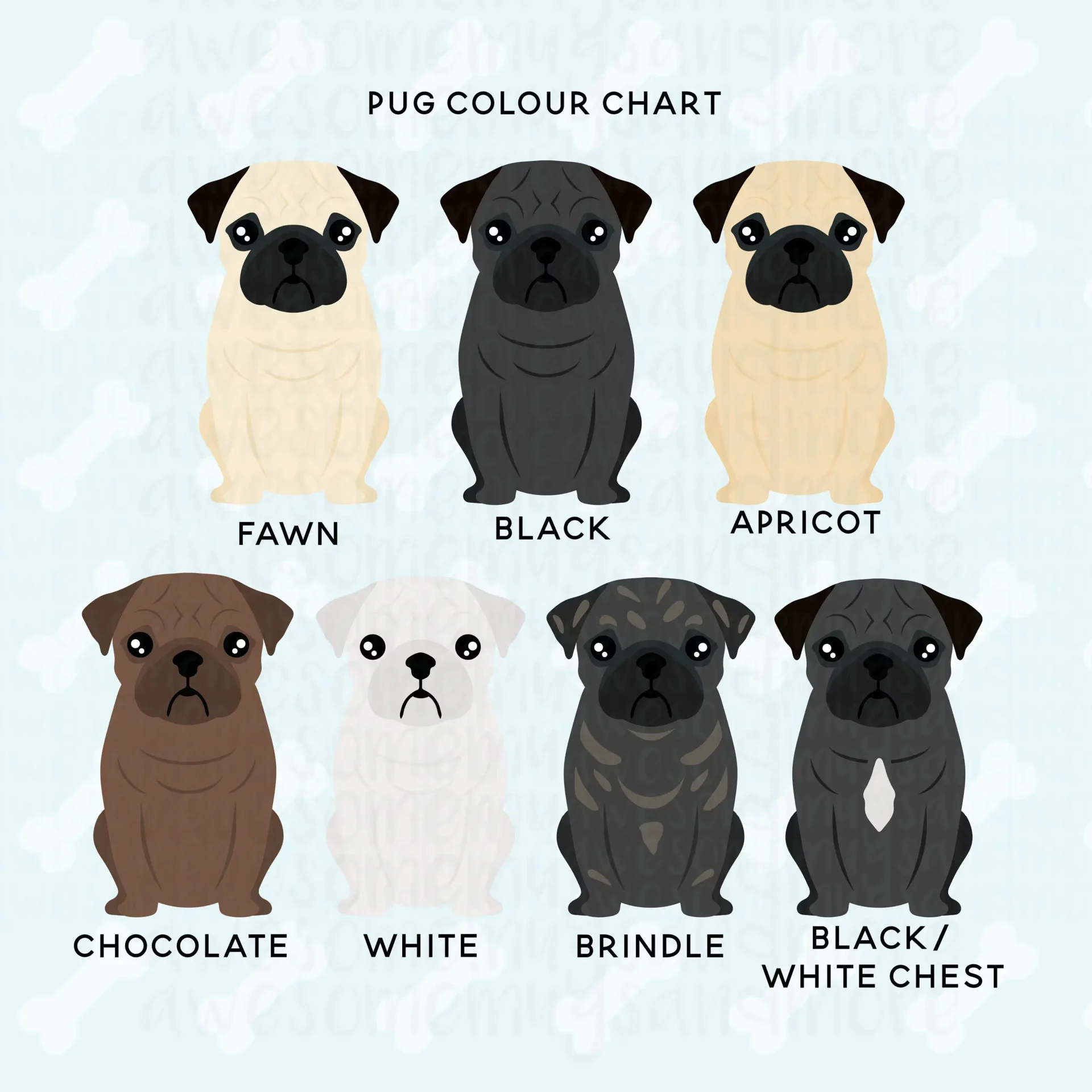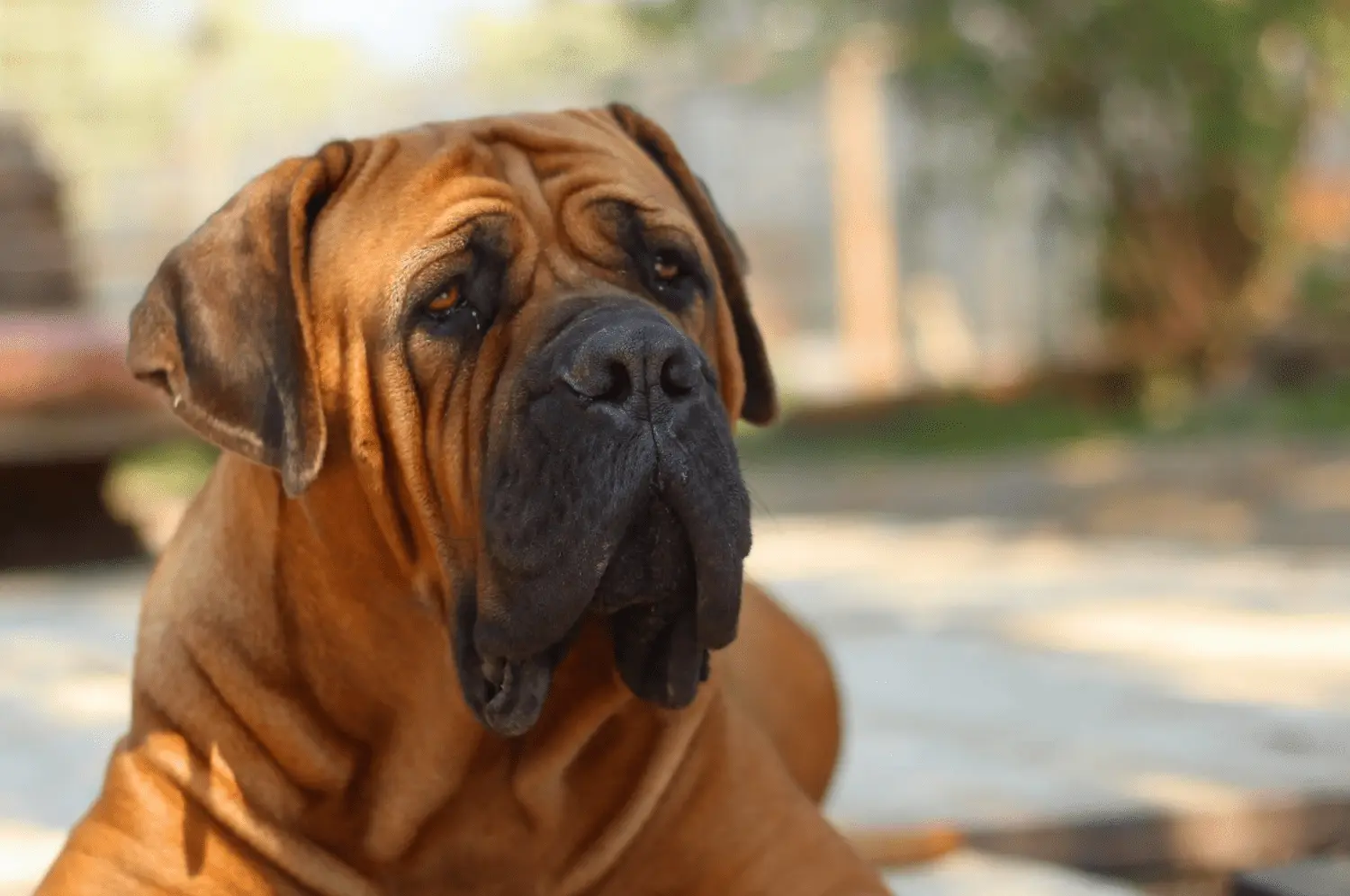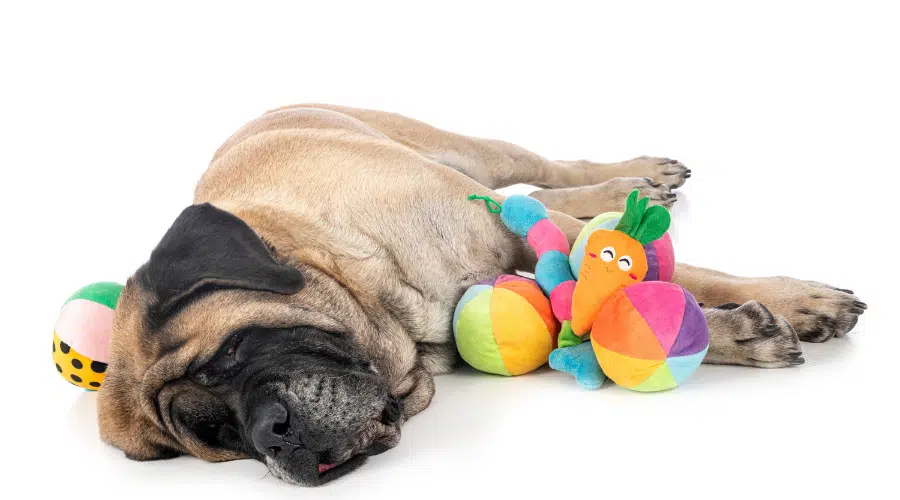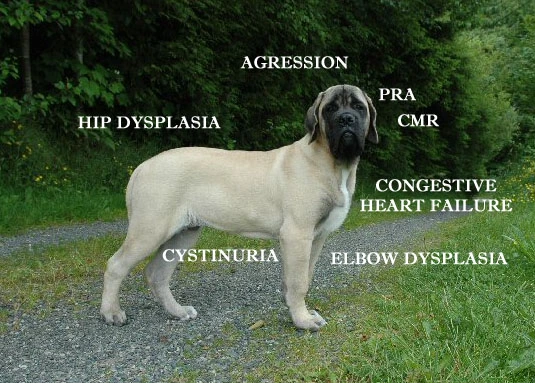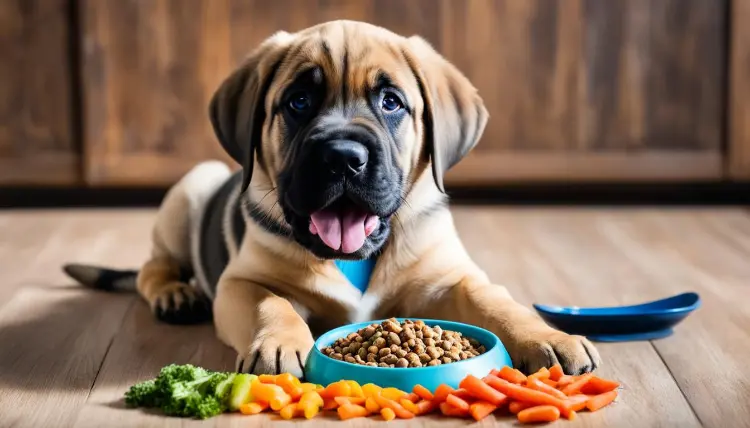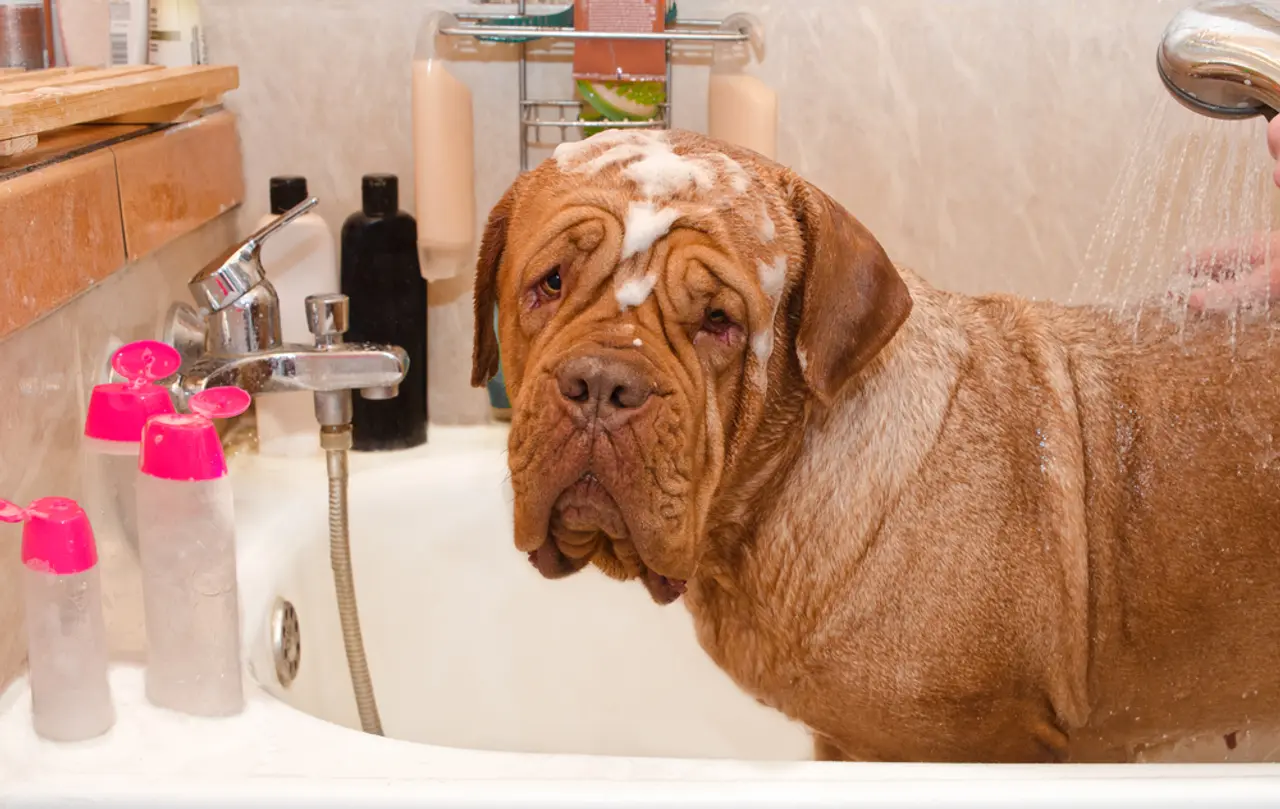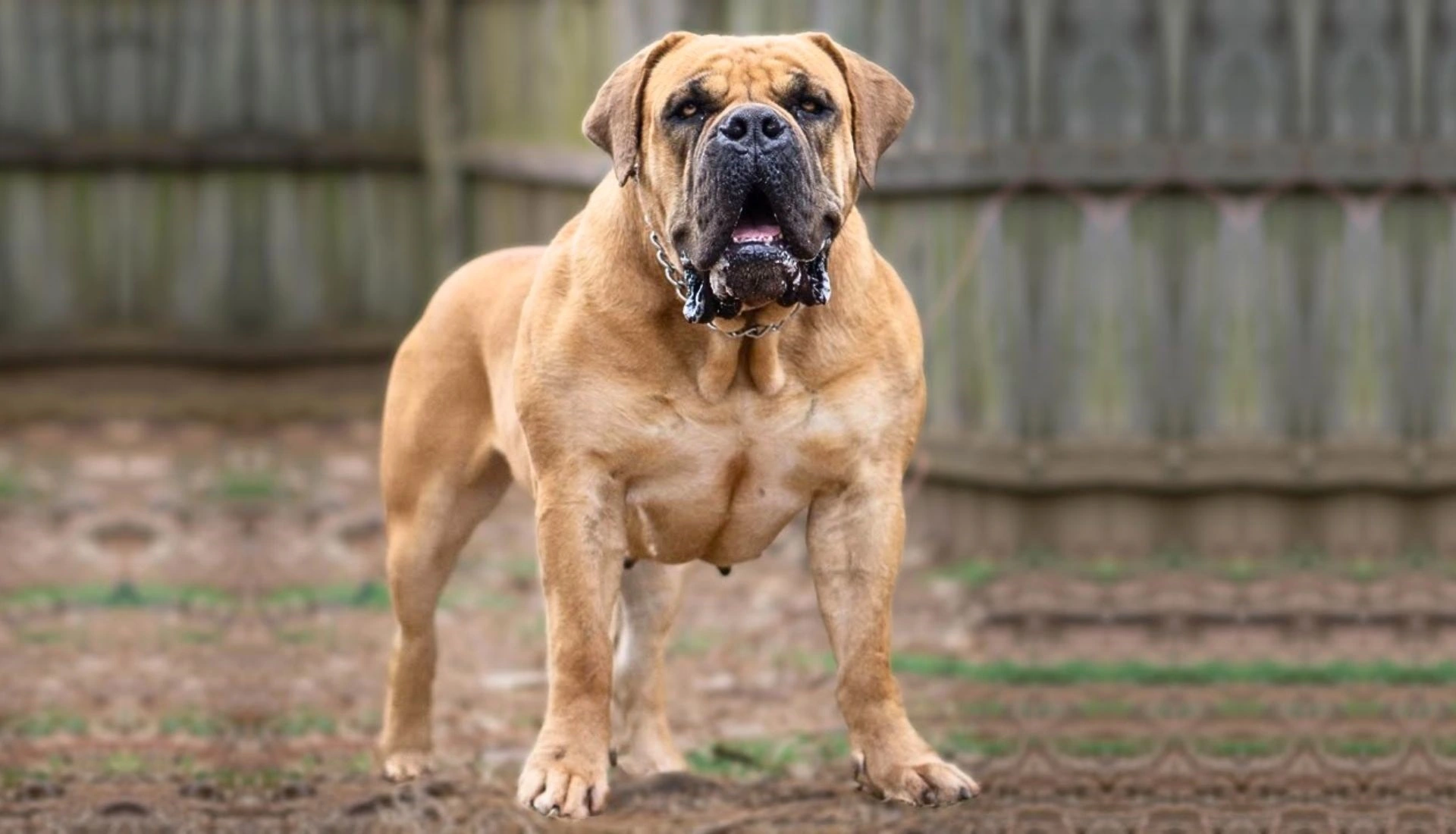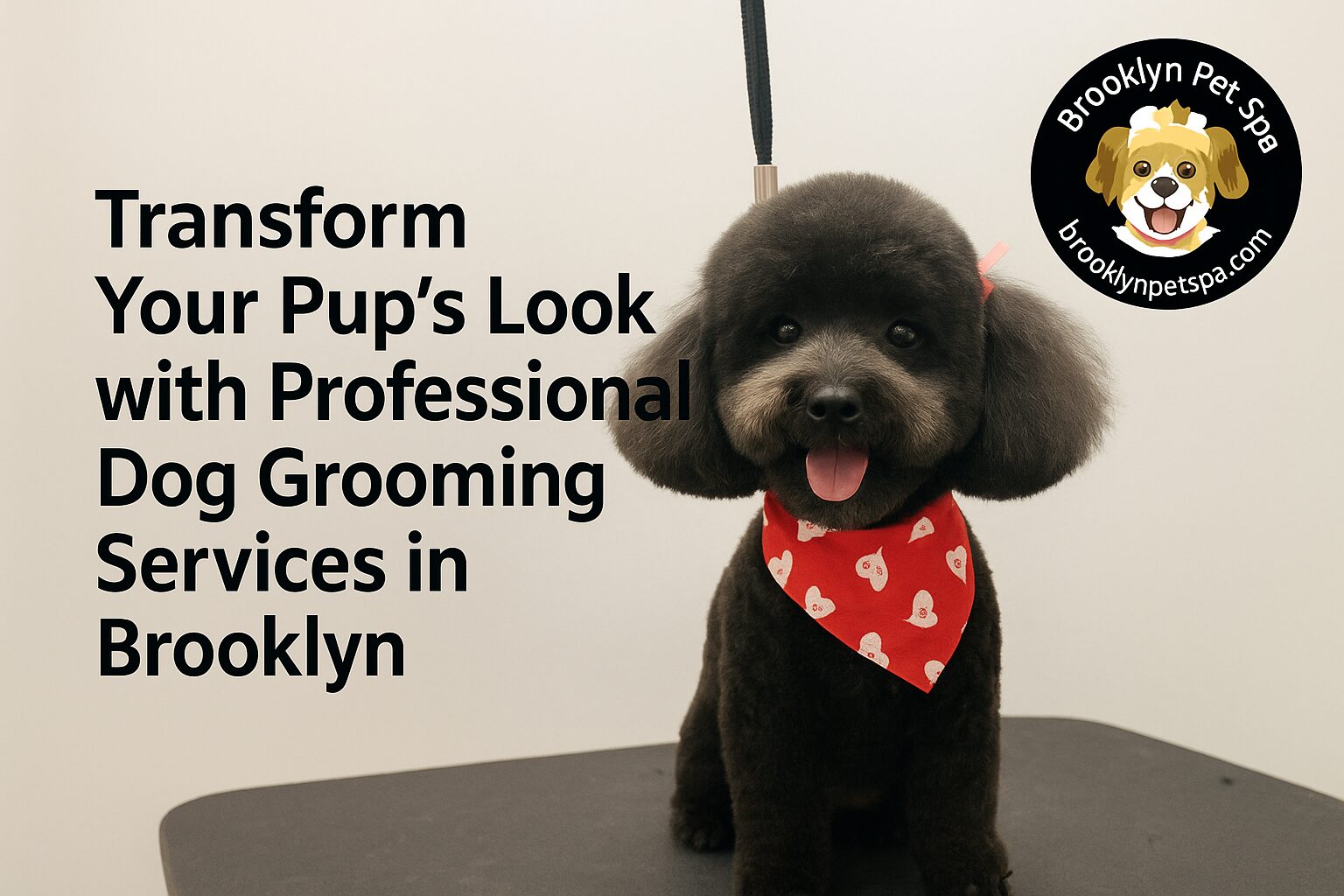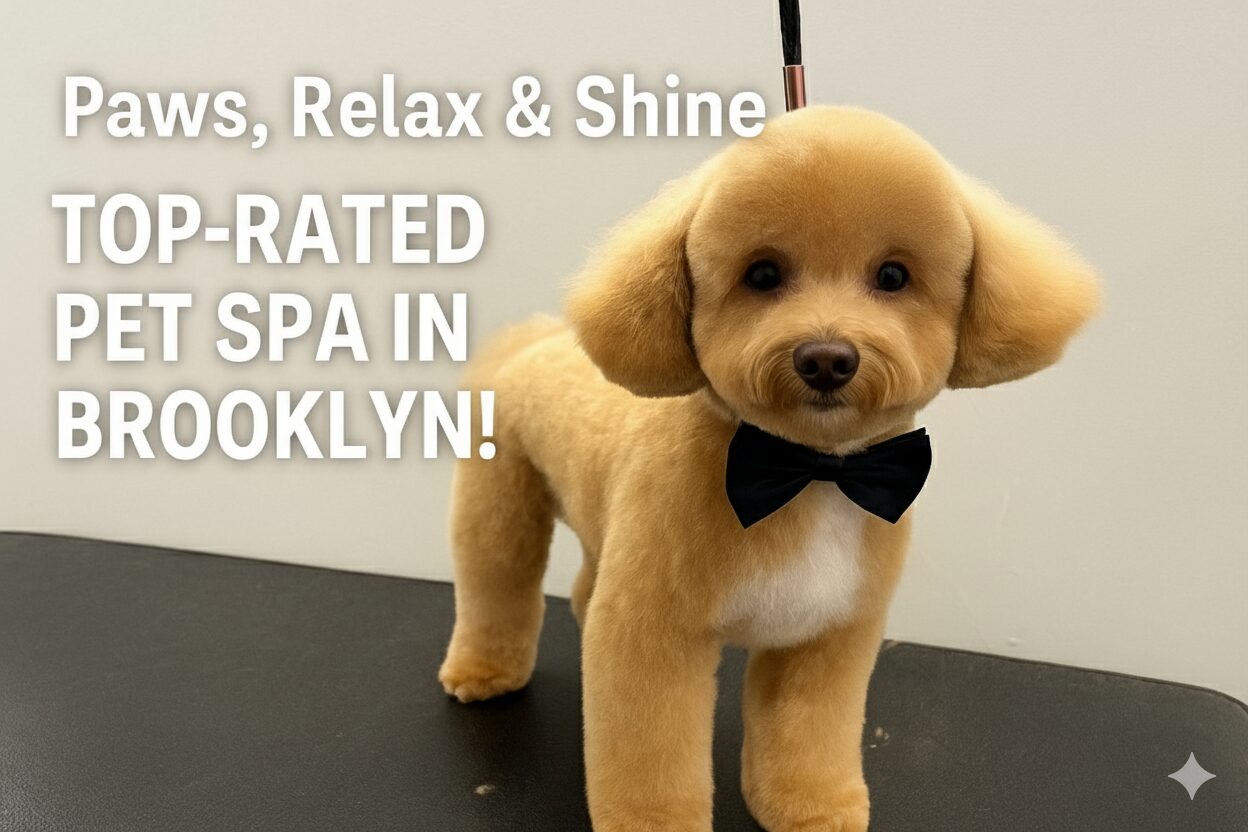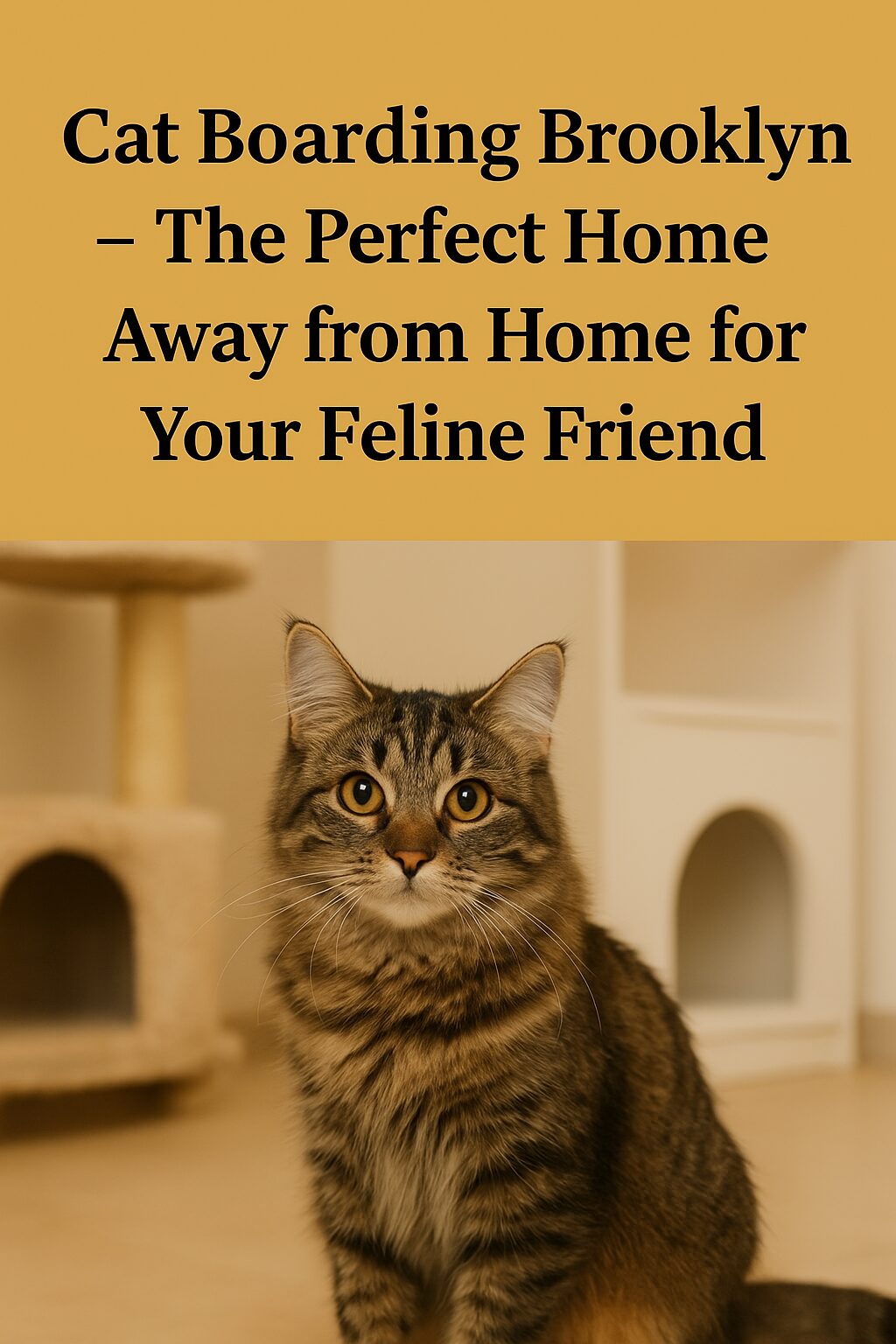The Mastiff Puppy is an ancient dog breed. They are really big. Adults can weigh more than 150 pounds! This makes them look scary. But Mastiffs are very calm and sweet. They are gentle with people. That’s why they are called ‘gentle giants’.
Mastiffs look very grand, like they have a unique history. They do! Their ancestors helped soldiers fight long ago. They guarded animals and homes. They even fought in big arenas for entertainment in the Roman Empire. Mastiffs don’t do those things anymore. But they are still very loyal and want to protect those they love.
Table of Contents
ToggleWhy Mastiff Puppy are Special
Mastiff puppies are super adorable. They have wrinkly faces and giant paws and are adorably clumsy. But remember, that puppy will grow into a very big dog! Owning a Mastiff is a memorable experience. You need to think about it carefully. You’ll need to be patient and give your Mastiff lots of love.
Mastiff puppies may be clumsy, but they grow into huge dogs. It’s essential to be a good owner. Start teaching and playing with your puppy early on. This helps them become well-behaved, happy dogs when they get big. A well-trained Mastiff will be a loving friend and a great companion. Mastiff Puppy will help you feel safe.
Everything about Mastiff Puppy
We’re going to learn all about Mastiff puppies! We’ll talk about where they came from a long time ago and how to take care of them. We will focus on:
- Heritage: We will explore where they came from. And what their role was in ancient civilizations.
- Physical Traits: We will understand their giant size, excellent features, and various colors.
- Temperament: We will discover Mastiff Puppy calm nature, protective instincts, and deep bond with family.
- Bringing Home Your Pup: We will guide you on selecting a responsible breeder and choosing the right Mastiff puppy for you.
- Raising Your Gentle Giant: Essential tips on training, socialization, health, nutrition, and grooming your Mastiff puppy.
Whether you already love dogs or just find Mastiffs interesting, this guide will teach you all about Mastiff puppies. By the end, you’ll know if this big but friendly dog breed matches you and how to care for a Mastiff.
They need More Care than other Dogs
You need to know in the start that owning a Mastiff is a special honor. But it also comes with a lot of responsibility. Mastiffs are huge and powerful dogs. They need an owner who is dedicated to understanding their needs and training them well. If you’re ready for the commitment, the rewards of having a Mastiff in your life are amazing.
Let’s begin our exploration of this extraordinary breed!
History of Mastiff Puppy
Brave, Fighter Dogs
Mastiffs have a very long history. Their ancestors lived thousands of years ago, even during ancient empires. Old carvings and stories from Asia, the Middle East, and Europe describe big, strong dogs resembling Mastiffs. These early dogs were brave and strong. They weren’t exactly the same as today’s Mastiffs. Mastiff puppies change themselves according to the conditions and needs where they live.
Mastiffs Moved to Britain
Mastiffs might have hitched a ride to England with Phoenician traders. These brave sailors traveled the seas way back, even before 1500 BC. They probably brought these strong dogs to Britain. The people there, called Celts, greatly liked the dogs’ size and strength. They bred them with their own war dogs, making the Mastiffs even better at protecting people and being good friends.
Mastiffs in War
When the Romans invaded Britain in 55 BC, they met these tough dogs and were amazed! Roman leaders sent these dogs (called ‘Britannicus’) back to Rome. Sadly, the dogs were forced to fight in the Coliseum. They fought lions, bears, bulls, and even human gladiators! This meant people thought these dogs were incredibly fierce.
When the Roman Empire expanded, they took these British Mastiffs all over Europe. The Mastiffs mixed with other big guard dogs that were already there. But back in Britain, things changed for the better. Important people there loved Mastiffs for guarding their homes and being friends. These Mastiff puppies in Britain were not fighting. So, these less-fighting Mastiffs became less like fighters and more like the gentle giants we know today.
Threat to Mastiffs and Effort to Save
World War II was very tough on Mastiffs. Their numbers almost disappeared completely. But breeders in England and North America loved these dogs and wouldn’t give up. They worked really hard to bring Mastiffs back from the brink, using the few that were left. Thanks to them, there are more Mastiffs around now, and people like them more and more.
Now Mastiffs are Sweet
Even today, you can see bits of a Mastiff’s long and interesting history. They still have a strong instinct to protect, just like their ancestors did long ago. They’re still very brave, too! But breeders have worked carefully for years to make Mastiffs gentler. Now, they’re the sweet, loyal friends that families all over the world love.
Physical Characteristics
Big in Size
The most noticeable thing about Mastiffs is their huge size, even as puppies! Puppies may be clumsy, but they’re like tiny copies of the huge dogs they’ll grow into. Male Mastiffs can get super tall – over 30 inches at the shoulder! They can weigh 160-230 pounds or even more. Female Mastiffs are a bit smaller but still very big. They usually reach at least 27.5 inches tall and weigh 120-170 pounds.
Mastiff puppies grow super fast. They grow much bigger in a short period. This fast growth means they need special food and exercise designed for big dogs. It is a fantastic experience to see them grow big.
Color Variations: Fawn, Apricot, and Brindle
Despite their size, Mastiffs exhibit a simple elegance. Their short, smooth coats come in three standard colors:
- Fawn: A light golden brown, sometimes with a pale tan or yellow undertone.
- Apricot: A warmer, richer shade of fawn, bordering on a light orange hue.
- Brindle: A striking pattern of black stripes on a fawn or apricot base.
All Mastiffs have a black mask that extends over the muzzle, nose, and around their eyes, emphasizing their gentle, expressive nature.
Facial Features: Wrinkles, Jowls, and Gentle Eyes
The Mastiff’s head is perhaps their most iconic feature.It’s big and square, with wrinkles on the forehead that stand out when the dog is curious. Their muzzles are short, making their faces look a little squished in. They have gentle, droopy lips called jowls.
Their eyes are soft brown and spaced a bit apart. They look kind and smart, just like Mastiffs are known to be. The Mastiff’s ears are small and shaped like a V. They hang down next to their cheeks, making them look even cuter.
Powerful Dogs with Less Speed
Mastiffs are muscular all over, like a tank! They have big muscles, a deep chest, and are very sturdy. Their backs are wide, and their legs are powerful. Their tails are medium length and get thinner at the end. Mastiffs can move fast sometimes, but they aren’t built to be super speedy or agile. They walk smoothly and with purpose, showing their quiet strength.
They Need Balanced Diet
Even though it’s fun to see how big Mastiff puppies get, it’s important to remember they should grow slowly. Feeding them too much or making them exercise too hard while growing can forever hurt their joints. That’s why it’s essential to talk to your veterinarian and make sure your giant breed puppy grows the right way.
Nature and Behaviour
Big and Calm
Mastiffs might look big and scary, but they’re actually super sweet! They are known for being calm and dignified. Mastiffs seem relaxed and like to take their time, unlike some other dogs who are always on the go. This doesn’t mean they’re lazy, they just have a quiet confidence about them and don’t rush around unless they need to.
They keeps their Owners Safe
Mastiffs have been protectors for hundreds of years, so they naturally want to keep their family safe. They are cautious around strangers and will jump in front of their loved ones if they feel someone is a threat. Mastiffs have a deep, loud bark that can scare most people away. They will protect their family if they have to, but they won’t attack unless someone bothers them first.
Mastiffs Puppy Love to Play with Kids
Mastiffs are total sweethearts with their families! They love their people very much and enjoy getting cuddles and pets. Even though Mastiffs are huge, they’re often surprisingly gentle with kids. That’s why people sometimes call them “nanny dogs.” It’s always important to watch big dogs and little kids together, but Mastiffs are usually very patient and kind.
Mastiffs usually get along well with other pets. This works best if they meet the pets when they’re young. Mastiffs want to protect what’s theirs. They’ll even protect smaller dogs or cats like they’re part of the family!
They Think Before Reaction
Mastiffs have a bit of a stubborn side. They love to make their owners happy but won’t always listen right away. They like to think about things first! It’s not that they’re being bad, but it’s important to be patient with them and keep training them all the time.
Low Energy and Sleep
Adult Mastiff puppy has lower energy than most dogs. They’re happy with walks and some yard time each day. As puppies, they play for a bit then nap for a long time. Let them rest! This is important because too much exercise can hurt their growing bodies
Amazing Friends
Mastiffs who are trained well and have met lots of people and dogs make amazing friends. They are strong but calm, always loyal, and love to cuddle and play. They’re big dogs, so you need to be ready for that, but they offer so much love and make you feel safe like few other dogs can.
A Guide to Choose a Mastiff Puppy
It is a big decision to bring a Mastiff puppy home. They’re big dogs with some special health needs. It’s really important to find a healthy puppy from a good breeder who takes care of their dogs.
Why Good Breeder for Mastiff Puppy
There’s a big difference between good breeders and people who want to sell puppies. Here’s how to find a good breeder:
- Health Tests: Good breeders test their dogs for health problems that Mastiffs can get, like problems with their hips, eyes, and heart. They’ll be honest about the results.
- Commitment: Good breeders care about the puppies they raise and will help out the new owners for the puppy’s whole life
It takes time to find a good breeder. Talk to breed clubs like the Mastiff Club of America or even dog groups in your town. They often know good breeders and can help you find one.
Warning Signs to Consider Before Buying
- No health tests: If the breeder can’t show you papers proving they tested the parent dogs, don’t buy a puppy from them.
- Puppies are too young: Puppies should only go to new homes once they’re at least 8 weeks old. Many good breeders wait even longer.
- Dirty place: The puppies and their mom should be clean and healthy. The place they live should be clean too.
- Pushy breeder: Good breeders really care where their puppies go. They’ll ask you questions to make sure you can take good care of the puppy.
Good Puppy has Following Characteristics:
- Healthy Puppy: The puppy should look healthy with bright eyes, a clean coat, and they should move around easily without limping.
- Normal Energy: Mastiff puppies are chill, but they should still be playful and curious!
- Friendly but not crazy: You don’t want a puppy that’s too shy or one that’s too wild. Look for a puppy that seems confident and easy-going.
Things You should have to Raise a Good Puppy
Mastiffs aren’t the right dog for everyone. Here’s what you need to think about:
- Space: Do you have enough room for a giant dog that can weigh up to 200 pounds?
- Money: Big dogs mean big costs! You’ll spend more on food, vet visits, and maybe even boarding if you go on trips.
- Lifespan: Mastiffs live shorter lives than smaller dogs, usually only 6-10 years. It’s sad, but important to be ready for.
If you’re ready for a big dog with a big heart, Mastiffs make amazing friends. The most important thing is to find a healthy puppy from a good breeder. This makes sure you and your giant friend will have a long and happy time together!
Puppy Care and Training
It takes extra work and knowledge to raise a Mastiff puppy. You need to understand what makes these dogs special. Let’s talk about what they need to be happy and healthy!
Early Socialization: The Key to Confidence
The most important thing for a Mastiff puppy is to meet lots of new things early on! This helps them become confident dogs. Take them to safe places to meet new people, see new things, and hear new sounds. Start small and go slowly so they don’t get scared.
- Brave Puppy: It helps them become calm and confident grown-up dogs.
- Less Scared: It helps them not be too suspicious of new people and places
- Important for Life: Meeting new things helps them be okay at the vet, on walks, and in other places outside your home.
Socialization ideas:
- Puppy Class: This is an excellent way for your puppy to meet other dogs and people.
- Visitors: Have friends and family over! Let your puppy get used to people of all ages and sizes.
- New Places: Take your puppy on short walks to places like parks and stores where dogs are allowed.
Essential for Control of Mastiff Puppy
Training a Mastiff isn’t just about being polite, it’s about being safe! Mastiffs are big, so you need to start training them even when they’re puppies. Here’s what to start with:
- Sit/Stay: This teaches your dog to be calm and wait. It’s helpful for lots of things, like when people come to visit or when you groom them.
- Come: It’s important for your dog to come when you call! You need this if you let them off the leash or something bad happens.
- Walking nicely: You don’t want a huge dog to pull you down the street! Teach your puppy to walk next to you without pulling on the leash.
Training Tips:
- Be nice: Mastiffs learn best when you use treats, playtime, and praise!
- Do it the same way: Do the same things over and over – this is how dogs learn.
- Keep it short: Puppies can’t pay attention for long, so keep training time short and fun!
Why crate training is a great idea for your Mastiff puppy?
- Potty training helper: Dogs don’t like to go potty where they sleep, so a crate helps with potty training.
- Safe Space: Crates feel like a little den, and dogs like that. It can be a relaxing place for them if things get too busy.
- Keeps them safe: It keeps your puppy from having accidents or chewing on things when you can’t watch them.
How to make your puppy love the crate?
- Make it fun: Put treats and cool toys in the crate to make your puppy like it.
- Start slowly: Leave your puppy in the crate for short times at first. Let them stay there longer and longer over time.
how to exercise a Mastiff puppy the right way?
- Mastiff puppies do need exercise, but too much can hurt their growing bodies.
- Short walks are best: Take your puppy on a few short walks each day. Long walks are too hard for them.
- Playtime is great: Let them play in a safe place, like a fenced in yard, with someone watching them.
- Don’t forget their brains! Puzzle toys, toys with treats inside, and training sessions can help tire them out too.
Health Considerations
Here are some health things to keep in mind for your Mastiff puppy:
- Vet Visits: Take your puppy to the vet for checkups and shots. This keeps them healthy!
- Protect their joints: Ask your vet about vitamins that help their bones and what exercise is safe for a puppy.
- Bloat Danger: Bloat is a serious problem that can happen to big dogs. Learn what the signs are so you can get help for your dog quickly.
It is important to train, play, and care for your puppy. It helps them grow into happy, well-behaved adult dogs. It can be a lot of work to care for a giant puppy. But it’s worth it to have a loving companion for many years.
Mastiff Puppy Health
Mastiffs are usually strong and healthy dogs. But like all dogs, they can have some health problems. It’s important to know about these problems so you can give your puppy the best care you can.
Common Conditions
- Bad hips and elbows: This means the bones in their legs don’t fit together right. It can hurt a lot and make it hard for them to walk when they get older.
- Bloat: This is a severe problem where a dog’s stomach twists. They need to go to the vet right away!
- Eye problems: Mastiffs can get eye problems like cherry eye (a red bump in their eye), eyelids that roll inward, or eyelids that roll outward.
- Heart problems: Mastiffs can sometimes have heart problems.
- Cancer: Like many dogs, Mastiff puppy can get some types of cancer.
Health Screenings: Prevention is Key
Good breeders are so important – they test their dogs for these health problems! The tests help make sure puppies are less likely to get sick because of problems passed down from their parents.
Here are some of the tests that good breeders do on their Mastiffs before having puppies:
- Hip and Elbow Checks: They have X-rays done on the dog’s hips and elbows to make sure they’re healthy.
- Eye Exam: A special eye doctor checks the dog’s eyes for problems.
- Heart Check: They sometimes do special tests to make sure the dog’s heart is working well.
- DNA Tests: These tests can help check if the dog might pass health problems to its puppies.
Make sure to ask the breeder for papers that show the parent dogs have passed these tests!
Veterinary Care for Mastiff Puppy
Regular veterinary care is essential for your Mastiff puppy:
- Spay/Neuter: If you don’t want to have puppies, it’s important to get your Mastiff spayed (girl dog) or neutered (boy dog). This helps keep them healthy and prevents unwanted litter.
- Preventative Care: Give your dog medicine to prevent fleas, ticks, and heartworms like your vet tells you to.
- Yearly Exams: Take your adult Mastiff to the vet every year for a checkup. This helps find problems early when they’re easier to treat!
Always take care of your Puppy
Always watch your Mastiff puppy carefully for health problems. Here are things to look for that mean your puppy could have bloat, which is very dangerous:
- Can’t Sit Still: Your puppy keeps moving around and can’t get comfortable.
- Trying to throw up but can’t: They act like they need to throw up, but nothing comes out.
- Big belly: Their belly looks swollen or bigger than usual.
- Breathing fast: They’re taking very fast breaths.
Seek veterinary attention immediately if you notice these signs.
Nutrition for Mastiff Puppies
Mastiff puppies need special food to grow into big, healthy dogs! Their food is different from food for small or medium dogs, especially when they’re still growing.
Large Breed Formulas: Why They Matter
Feeding your Mastiff puppy with the right food is super important! Large-breed puppy food is different from regular puppy food in a few ways:
- Not Too Many Calories: This food helps puppies grow at a steady pace. Growing too fast or too slow can cause bone problems.
- The Right Amount of Minerals: Big puppies need a special mix of minerals for strong bones and healthy joints.
- Extra Help for Joints: Some large breed puppy foods have extra stuff to keep joints strong and healthy.
It’s important to look for food with the AAFCO seal on the bag. AAFCO sets standards to make sure the food is good for puppies. Avoid foods labeled as “all life stages”. These kinds of food are made for all dogs, but won’t have the right mix of things your giant puppy needs to grow big and strong.
Portion Control: Preventing “Growing Too Fast”
As already mentioned, feeding Mastiffs too much can cause problems.
Here’s an easier way to understand portion control for your puppy:
- Start with the Guide: The food bag will have a chart telling you how much to feed. This is a good place to start, but you should adjust it a bit.
- Check Their Body: You should be able to feel their ribs without them sticking out. They should also have a waistline! Adjust their food up or down as needed.
- Vet Visits: Your vet will weigh your puppy and make sure they’re growing the right way. They can tell you if you need to change how much food you’re giving.
Additional Feeding Tips
- Smaller Meals are Better: Instead of one big meal, feed your puppy several smaller meals throughout the day. This helps their tummy and makes them less likely to get a dangerous condition called bloat.
- No Snack Buffet: Don’t leave food out all the time. It’s hard to know how much they’re eating and they might get too chubby!
- Healthy Treats: Training your puppy is important! Use healthy, small treats as a reward.
- Water is Important: Always make sure your puppy has plenty of fresh water to drink.
Focus on Quality of Food
Good puppy food for big breeds might cost a little more. But think of it like building a strong house – you need good materials! This special food has the right mix of things to help your Mastiff grow strong and healthy. It might even help you save money later because your dog will be less likely to have expensive bone and joint problems.
Your vet knows a lot about keeping puppies healthy. If you’re worried about your Mastiff growing too fast or too slow or just want to make sure you’re feeding them the best food, ask your vet. They’re there to help!
Mastiff Puppy Grooming
One of the great things about Mastiffs is that they don’t need a lot of grooming! Their short, smooth fur is super easy to take care of. This means your dog will look great without a lot of extra work.
Short, Smooth Coat
Mastiffs have two layers of fur: a short, thick top layer and a soft undercoat. Their hair is smooth and lays flat against their body. Their fur comes in a few colors like light brown, golden, or stripes. Best of all, this special coat helps them stay comfortable, even when it’s a little hot or cold outside.
Do Regular Brushing to Manage Shedding and Healthy Skin
Even though Mastiffs don’t shed a ton, it’s still good to brush them regularly. Here’s why:
- Less Fur Around the House: Brushing gets rid of loose hair before it ends up on your furniture.
- Shiny Coat, Healthy Skin: Brushing helps spread oils that keep their fur shiny and their skin healthy.
- Friendship Time: Brushing can be a fun way to hang out with your pup!
- Checking for Problems: It’s a good time to look at their skin and check for any bumps, fleas, or ticks.
How often to brush and what tools to use:
- Most of the Time: Brush your Mastiff once a week.
- When They Shed More: In the spring and fall, they might shed more. Brush them 2-3 times a week instead.
Best Tools:
- Rubber Brush: This is great for getting rid of loose fur most of the time.
- Slicker Brush: Use this when they’re shedding a lot to help with the undercoat.
When Bath is Necessary
Bath time for Mastiffs is only needed when they get really dirty or smelly. Unlike some dogs, baths aren’t needed often. In fact, too many baths can actually be bad for their skin. So, just wash them when they need it!
- Puppy Baths: Start bathing your puppy when they’re young so they get used to it. Be gentle and make it fun!
- Special Soap: Use gentle soap and conditioner made just for dogs. Don’t use people’s shampoo; it’s too harsh!
- Rinse Well: Leftover soap can make your dog’s skin itchy.
- Dry Them Off: Dry your Mastiff completely with towels. You can even use a hairdryer on a low setting, but be careful not to burn their skin.
Additional Grooming Tips
Besides brushing and baths, there are a few more things to do to keep your Mastiff clean and healthy:
- Wrinkle Check: Mastiffs have cute wrinkles around their face. Gently clean inside them so dirt and wetness don’t cause problems.
- Nail Time: Keep their big paws neat with nail trims. If you don’t feel comfortable doing it, the vet or a groomer can help!
- Ear Check: Look inside their ears sometimes. They shouldn’t be red, have too much wax, or smell funny.
- Brush Those Teeth: Start brushing their teeth when they’re young! This helps prevent doggy toothaches when they get older.
Mastiffs are Easy to Groom!
- Brush them once a week and more during shedding seasons (spring and fall).
- Use a rubber brush most of the time and a slicker brush when they shed more.
- Bath them only when they get dirty or smelly. Too many baths can dry out their skin.
- When you bathe them, use gentle dog shampoo and conditioner. Rinse well and dry them completely.
- Other things to keep an eye on are cleaning their wrinkles, trimming their nails, checking their ears, and brushing their teeth.
Brushing your Mastiff puppy is a great way to bond and check their health. Since they have short fur and don’t have a solid doggy odor, they are one of the easier dog breeds to keep clean.
Professional Groomer May be Necessary Sometimes
Even though most Mastiff owners groom their dogs at home, professional groomers like Brooklyn Peta Spa can be helpful sometimes.
Groomers know how to handle big dogs. They have the right tools to bathe and dry well, especially when they shed a lot.
Leadership Skills for Mastiffs
Mastiffs look big and tough. But they’re really gentle giants. Even so, they still need a confident leader. This doesn’t mean being harsh or using old-fashioned dominance training. Instead, it means setting clear rules and being consistent. Mastiffs can be a little bit stubborn sometimes. So, it is to train them with patience and in a positive way. You and your Mastiff will build a strong, loving bond by being a kind and confident leader.
How to be a good leader for your Mastiff:
- Set clear rules: Everyone in the house needs to agree on what’s allowed.
- Control the good stuff: Be in charge of food, toys, and treats.
- Train your dog: Teach them basic commands like “sit,” “stay,” and “come.”
- Be calm and confident: Mastiffs listen better when you’re not yelling or acting forceful.
Techniques to Keep their Mind Active
Here’s a simpler way to explain how to keep your Mastiff’s mind active, in bullet points:
- Training Time: Teach them new tricks or practice old ones for a few minutes every day.
- Puzzle Power: Give them treat puzzles or toys that hide food to keep them busy and challenged.
- Explore the World: Take them for walks in new places with lots of interesting sights and smells.
- Playtime: Play fetch, tug-of-war, or other games to exercise their bodies and brains.
- Doggy School: Sign them up for advanced obedience classes or special activity classes – it’s great mental exercise!
The rewards of raising a Mastiff Puppy:
- A Heart Full of Love: It feels amazing knowing you helped your Mastiff become such a sweet, loving dog.
- Proud Pet Parent: You’ll be proud to walk down the street with a well-behaved giant who gets lots of compliments!
- Feeling Safe: It’s comforting to know you have a big, loyal dog who will protect you and your family.
Mastiffs take a little extra work to raise, but the rewards are huge. They’re gentle, loving, and loyal dogs who make amazing companions.
Conclusion
Mastiffs are awesome dogs. They have a long history and are known for being sweet and gentle. Bringing a Mastiff puppy home is amazing, but it’s a big decision! They can make wonderful pets, but you need to be ready to meet all their needs. It takes work to raise a happy, healthy Mastiff.
It takes some learning and commitment to raise a Mastiff Puppy in the right way. It’s important to understand the breed’s history, their personality, and any health problems they might be prone to. Find a responsible breeder who cares about raising healthy, friendly puppies. Take your puppy out to meet people and other dogs from a young age to help them become well-adjusted. Train with patience and consistency. Make sure they get good food, exercise, and regular vet checkups.
If you take good care of your Mastiff puppy, they’ll grow into a wonderful adult dog. Mastiffs are loyal, protective, and super loving. They’re big dogs, so you’ll need to be prepared for that. But it is an amazing experience to have Mastiff as your best friend.
Mastiffs take extra work. They’re big and need special care. If you’re ready for that, they are amazing pets. They’re loyal, sweet companions and everyone will notice your giant Mustiff Puppy!
Frequently asked questions :
1. How grooming Mastiff puppy is different from grooming other breeds?
A-Grooming for Mastiff puppy requires special attention due to their large size, dense & short coat. Not like other breeds they are some different as they have long-haired breeds, Mastiff pups benefit greatly from regular brushing to reduce shedding, ear and eye cleaning, and proper drying to prevent skin issues—making thorough Mastiff puppy dog grooming essential.
2. How often should provide dog grooming to my Mastiff puppy?
A-You should give your Mastiff puppy a dog grooming sessions in every 6–8 weeks. You need to give them a proper bathing sessions, coat brushing, nail trimming, and ear cleaning.
3. What are the main key steps in Mastiff puppy dog grooming?
A-Effective Mastiff puppy dog grooming includes:
Regular brushing to remove loose fur
Gentle baths only when necessary to avoid stripping natural oils
Thorough drying to prevent dampness in folds
Cleaning ears and face to avoid infections from drool accumulation
4. How can early grooming help my Mastiff puppy?
A-On time Mastiff puppy dog grooming helps your puppy grow well & reducing stress in future sessions. Need to provide on time sessions like brushing, bathing, nail trims, and gentle face cleaning—establish good hygiene habits and foster a strong owner-puppy bond.





